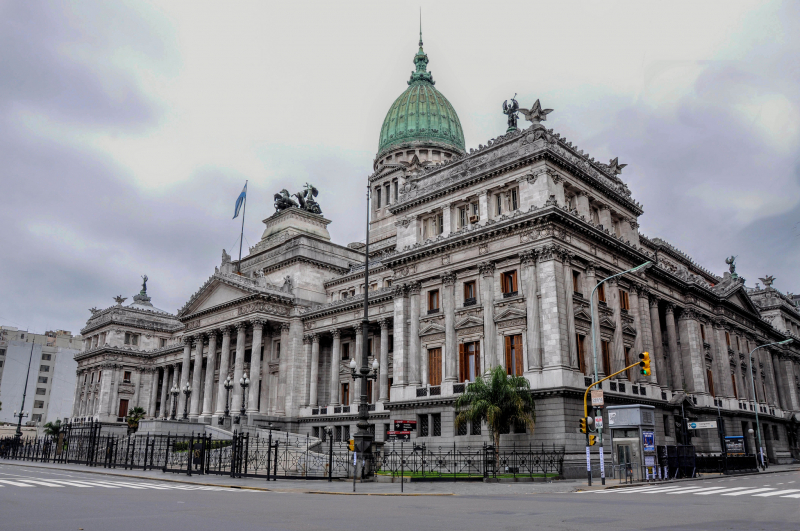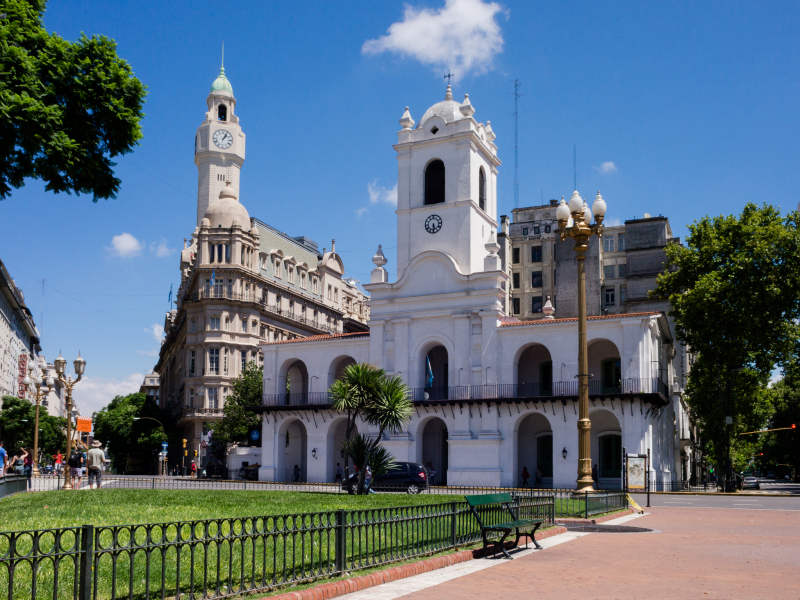Architecture
Argentina's architecture may be traced back to the early days of Spanish colonialism, while the country's towns achieved their pinnacle in the 18th century. Despite urban growth, cities such as Córdoba, Salta, Mendoza, and Buenos Aires have preserved most of their old Spanish colonial architecture. In Buenos Aires, the simplicity of the Rioplatense baroque style may be seen in the works of Italian architects such as André Blanqui and Antonio Masella, as well as in the churches of San Ignacio, Nuestra Seora del Pilar, and the Cabildo.
After the battle for independence at the beginning of the nineteenth century, Italian and French influences intensified, yet the academic style survived until the early decades of the twentieth century. Attempts at renovation occurred during the second half of the nineteenth century and the beginning of the twentieth, when European tendencies penetrated the country, as reflected in numerous important Buenos Aires buildings, including the Santa Felicitam Church, designed by Ernesto Bunge; the Central Post Office and Palace of Justice, designed by Norbert Maillart; and the National Congress and the Colón Opera House, designed by Vittorio Meano.
The architecture of the second half of the twentieth century continued to adapt French neoclassical architecture, such as the National Bank of Argentina's headquarters and the NH Gran Hotel Provincial, both built by Alejandro Bustillo, and the Museo de Arte Hispano Fernández Blanco, designed by Martn Noel. Argentina's cities have a diverse architectural style. Each house has a unique style, and it is uncommon to locate a tract housing neighborhood. This is one of the Argentina Culture, Customs and Etiquette that you should know.












